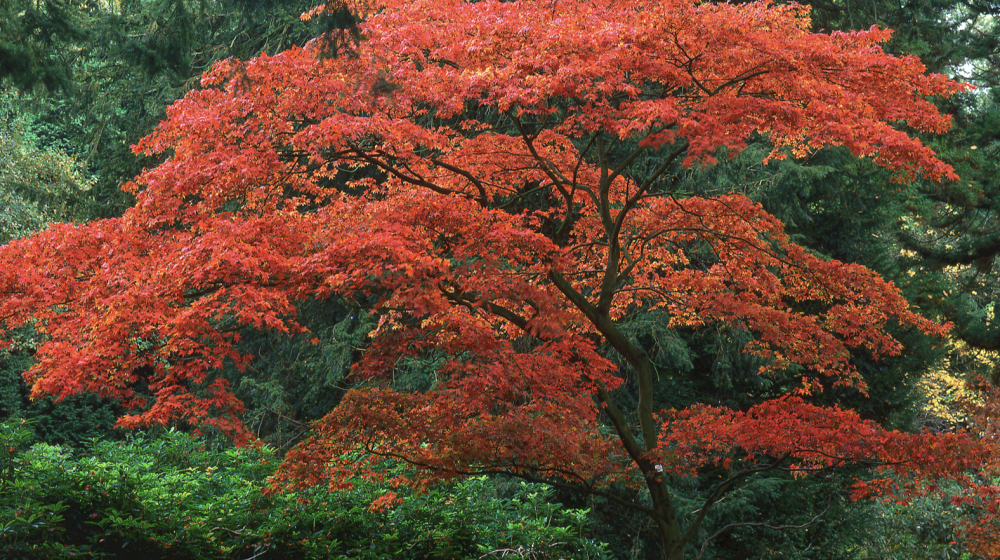How to Identify Trees

Leaves are your best clue in identifying a tree. (Photo from Canva)
Being able to identify trees is an impressive skill to have. Some trees, like the magnolia tree, are easily recognizable. Others, not so much. Identifying a tree is like solving a mystery. There are several different puzzle pieces to put together before you know for sure what kind of tree it is.
The following characteristics will help you identify a tree:
- Leaves – Leaves are your best clue. Pay close attention to the leaf arrangement, shape, size, color, growth characteristics, and retention.
- Twigs – There are several twig features that are helpful in your identification journey. The color and size of buds, leaf scars, color, smell, taste, and presence or absence of thorns, spines, wings, or plant hair tells you a lot about a tree.
- Flowers and Fruit – The presence, or absence, of flowers or fruit says a lot about a tree. Consider the size, color, arrangement, and time of year you see flowers on a tree. The same thing applies for fruit. If you notice fruit, what does it look like and in which season are they fully grown? The time of year you see fruit or flowers is a big clue for properly identifying a tree.
- Bark – Bark is often difficult to describe and there can be different variations of bark in the same tree species. It can also change over time and many outside factors can affect the bark. Because of this, it’s best to only use bark as an identifying characteristic during certain times of the year. Bark will mainly be useful in the winter when leaves are fallen. As you learn to train your eyes to notice the differences in bark species, you’ll find this a helpful tool.
- Size and Shape – The size and shape of a tree refers to the tree’s growth pattern and form. If you generally know the size and shape of a specific tree species, it can help you eliminate that species from the equation. Knowing what a tree species looks like from a distance can really help solve the mystery!
- Occurrence and Habitat – Many tree species only grow in specific regions and habitats. It’s important to keep this in mind when trying to identify trees. It’s not likely to find the same tree species found on the coast as you would in the northern part of the state. Knowing where certain tree species are likely to grow can be a good clue.
Extension Publication 0146, “Know Your Trees,” is a great resource to consider when trying to figure out a certain tree species. It includes a variety of pictures, as well as characteristics of common trees in Mississippi.
You can also learn how to identify oak trees using acorns in this blog post!
Posted on: October 14, 2022
Subscribe to Extension for Real Life
Fill in the information below to receive a weekly update of our blog posts.
Recent Posts
November 22, 2024
November 19, 2024
November 15, 2024
Related News
May 13, 2010
May 4, 2010
April 30, 2010
April 29, 2010
March 18, 2010
Pages
Related Publications
Publication Number: P2306
Publication Number: P2330
Publication Number: P3778
Publication Number: P2470
Publication Number: P3780









